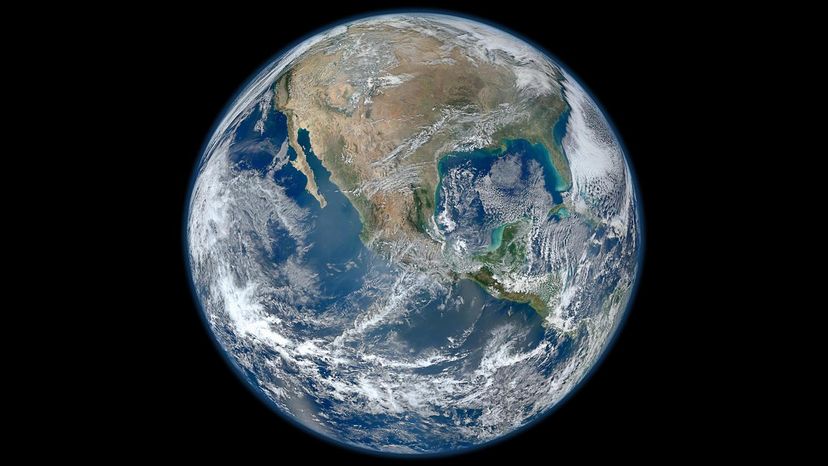Introduction: Peering into the Planetary Depths
The geology of planets provides a window into the dynamic processes that shape celestial bodies across our vast universe. From the rocky terrains of Mars to the gas giants’ mysterious interiors, each planet harbors a unique geological tale waiting to be deciphered. This exploration delves into the intricate world of planetary geology, unraveling the forces and formations that define the surfaces and interiors of these cosmic entities.
The Fundamentals of Planetary Geology: A Primer
Defining Planetary Geology*
Planetary geology, also known as astrogeology, is the scientific study of the geologic features, processes, and histories of celestial bodies. This interdisciplinary field combines elements of geology, astronomy, physics, and chemistry to unravel the mysteries of planetary surfaces and subsurfaces.
The Importance of Comparative Planetology*
Comparative planetology, a cornerstone of planetary geology, involves studying different planets and celestial bodies to identify common processes and unique characteristics. This approach enhances our understanding of Earth’s geological evolution and provides insights into the broader processes shaping planetary landscapes.
Earth: A Geological Odyssey
Plate Tectonics: Earth’s Dynamic Crust*
Earth’s geological story is anchored in the remarkable mechanism of plate tectonics. The lithosphere, Earth’s rigid outer shell, is divided into tectonic plates that constantly drift, collide, and submerge. This dynamic dance shapes the planet’s surface, giving rise to mountains, ocean basins, and earthquakes.
Rock Cycle: The Geological Recycler*
The rock cycle, a fundamental geological concept, illustrates the continuous transformation of rocks through processes like erosion, sedimentation, and metamorphism. Understanding this cycle unveils Earth’s ability to recycle and reshape its surface features over geological epochs.
The Rocky Neighbors: Inner Planets and Their Geology
Mercury: Scarred by Intense Bombardment*
Mercury, the innermost planet, bears the scars of intense meteoroid and asteroid impacts. Its surface is a rugged expanse of craters and basins, a testament to the planet’s tumultuous past. Despite its small size, Mercury’s geology reveals a complex history of volcanic activity and tectonic features.
Venus: A Volcanic Venusian Landscape*
Venus, shrouded in thick clouds, presents a geologic mystery beneath its atmospheric veil. Radar mapping missions have unveiled vast volcanic plains, immense shield volcanoes, and evidence of tectonic activity. The planet’s geology offers insights into its turbulent volcanic history and potential ongoing processes.
Mars: The Red Planet’s Martian Tapestry*
Mars, with its rusty red appearance, showcases diverse geological features. The planet’s surface bears witness to ancient river valleys, impact craters, and towering volcanoes. Recent discoveries, including evidence of liquid water beneath the surface, hint at a geologically active present or a potentially habitable past.
The Gas Giants: Unveiling the Mysteries of Jupiter and Saturn
Jupiter: The Gas Giant’s Interior Secrets*
Jupiter’s geological wonders lie hidden beneath its thick atmosphere. While lacking a solid surface, the gas giant’s interior hosts a dynamic interplay of gases, storms, and powerful magnetic fields. The study of Jupiter’s geology involves unraveling the mysteries of its deep atmosphere and understanding the dynamics driving its iconic Great Red Spot.
Saturn: The Ringed Planet’s Subsurface Mystique*
Saturn, renowned for its stunning ring system, also boasts a complex interior. The planet’s gravitational interactions with its moons and rings contribute to its unique geologic features. The study of Saturn’s geology involves deciphering its internal structure, magnetic field, and the processes shaping its enigmatic hexagonal storm at the North Pole.
Ice Giants: Uranus and Neptune’s Subsurface Chronicles
Uranus: A Quieter Ice Giant*
Uranus, an ice giant, exhibits a serene exterior but conceals intriguing geological mysteries. Its icy composition, combined with a possible rocky core, contributes to its distinct features. Studying Uranus’ geology involves understanding its atmosphere, magnetic field, and the potential presence of subsurface oceans.
Neptune: Windswept and Stormy Ice Giant*
Neptune, the farthest ice giant, is characterized by strong winds, dark storms, and a bluish tint. Its dynamic atmosphere hints at complex geological processes beneath the clouds. The study of Neptune’s geology delves into the mechanisms driving its atmospheric dynamics and the potential existence of a rocky core.
Dwarf Planets and Small Bodies: Geological Diversity in Miniature
Pluto: A Dwarf Planet’s Surprising Features*
Pluto, once considered the ninth planet, has revealed unexpected geological diversity. The New Horizons mission uncovered icy plains, towering mountains, and a unique heart-shaped feature known as Tombaugh Regio. Pluto’s geological landscape provides insights into the diversity of icy worlds in the outer solar system.
Small Bodies: Comets, Asteroids, and Their Tales*
Beyond planets, small bodies like comets and asteroids hold geological tales of their own. The study of these celestial wanderers involves investigating their compositions, surface features, and the processes that shape their trajectories. Mission visits to comets and asteroids, such as Rosetta’s rendezvous with Comet 67P/Churyumov-Gerasimenko, offer glimpses into the geological dynamics of these smaller celestial bodies.
Exoplanets: Geology Beyond Our Solar System
The Quest for Exoplanets*
Advancements in astronomy have led to the discovery of thousands of exoplanets orbiting distant stars. While direct observation of their geology is currently beyond reach, scientists use indirect methods to infer their compositions, atmospheres, and potential geological characteristics. The study of exoplanets expands our understanding of planetary geology into the vastness of the cosmos.
Geology as a Signature of Habitability*
The geological features of exoplanets play a crucial role in assessing their potential habitability. Understanding the geologic processes, surface compositions, and atmospheres of these distant worlds aids in identifying environments that could support life or hold clues to the conditions necessary for life to emerge.
Conclusion: Geology’s Cosmic Tapestry
In concluding our exploration of planetary geology, we glimpse the rich tapestry of geological wonders that shape the cosmic landscapes of our solar system and beyond. The diverse compositions, dynamic processes, and unique features of each planet contribute to the collective story of the universe. As we continue to unravel the geological mysteries of celestial bodies, we gain profound insights into the forces that mold the very fabric of our cosmic home.

